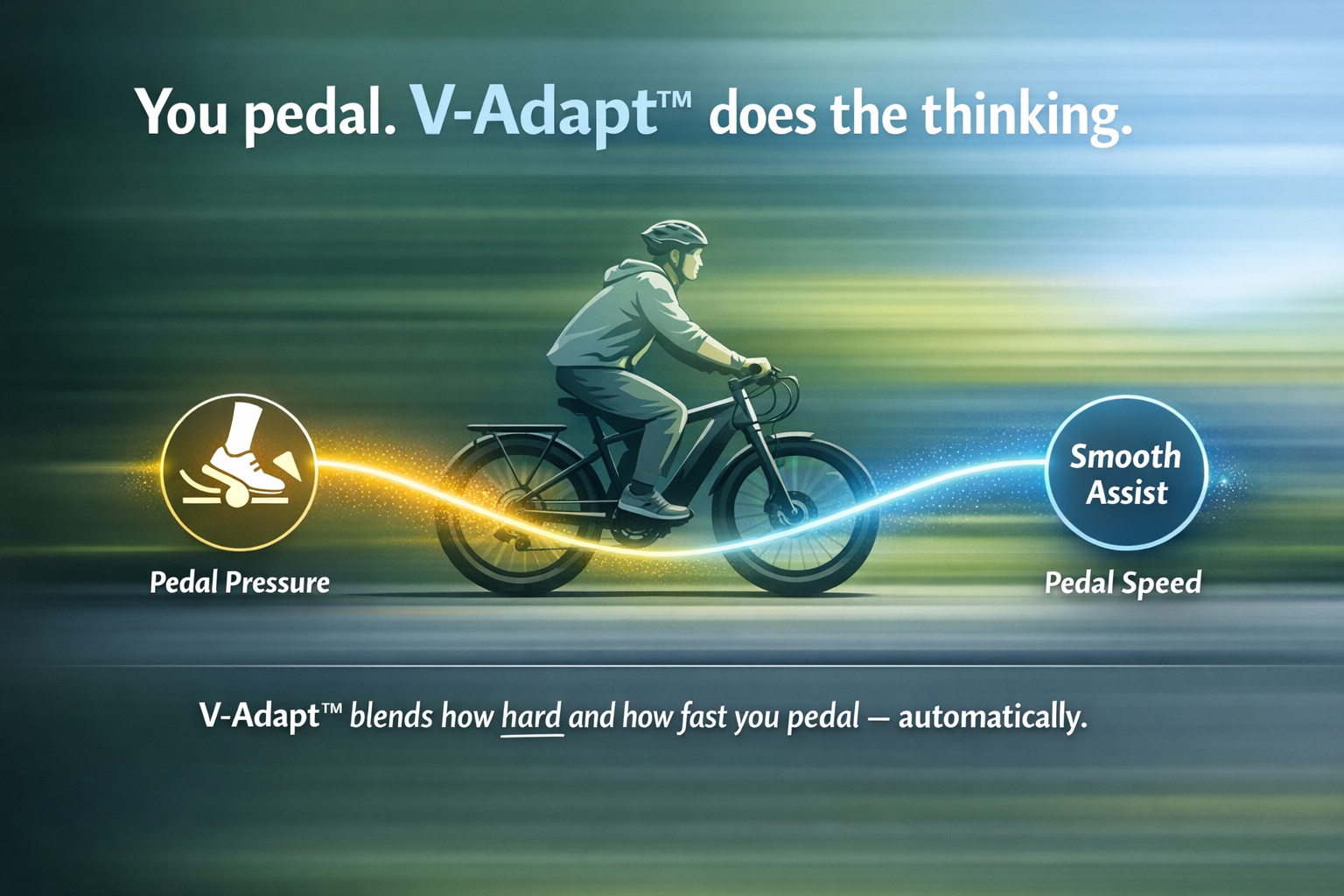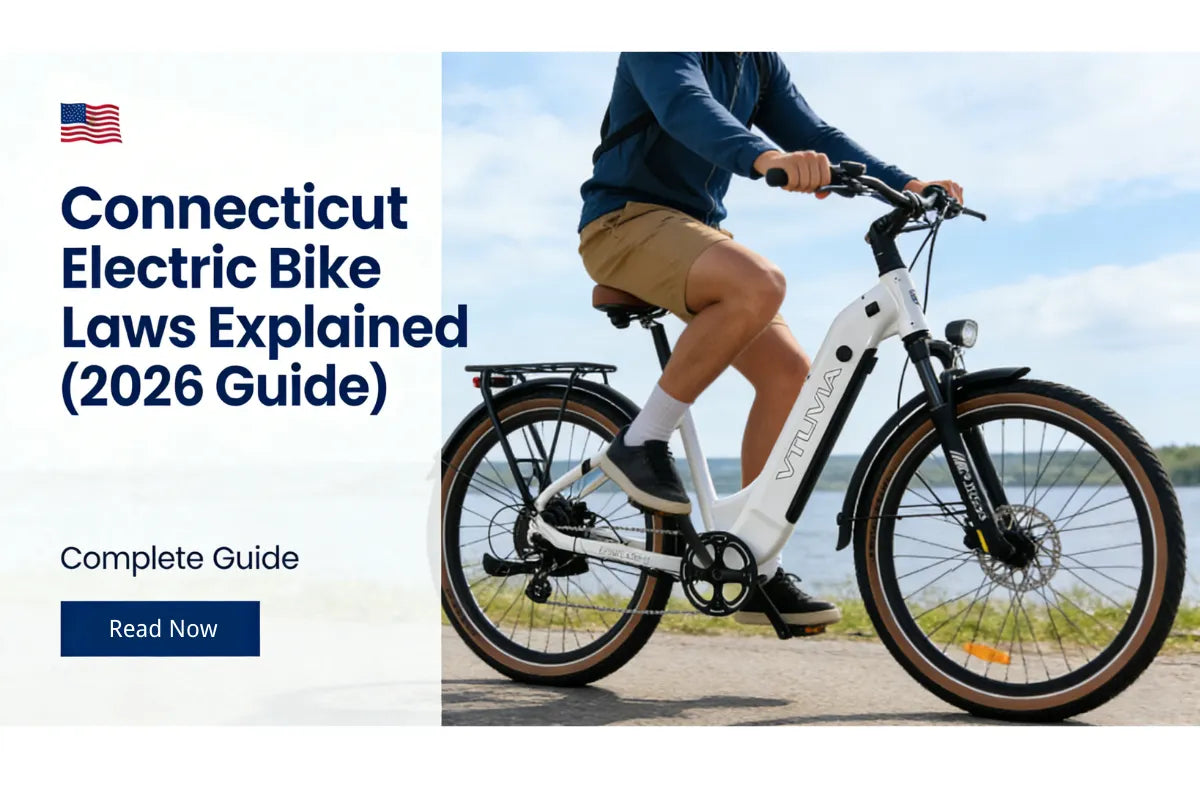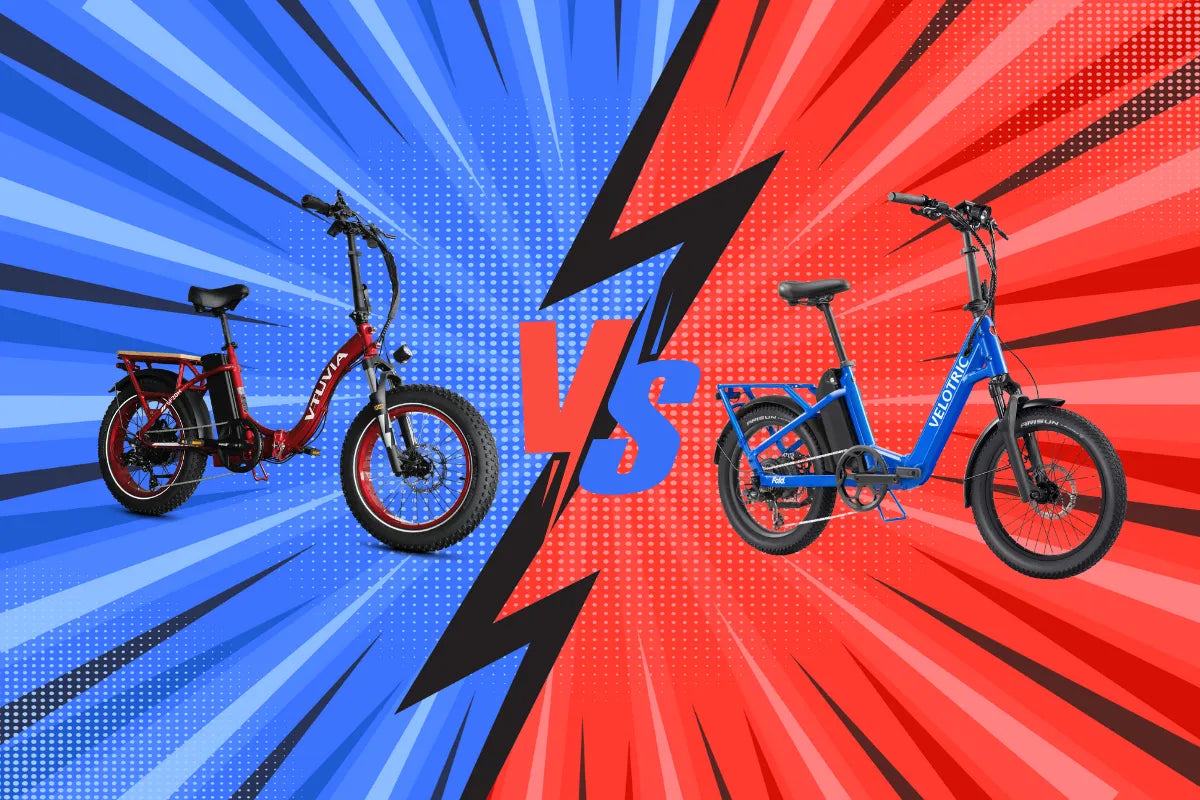The advent of electric bikes (e-bikes) has revolutionized urban commuting, leisure rides, and adventurous touring. Among the myriad of features that potential buyers evaluate; the range of an e-bike stands out as a critical factor. Long-range e-bikes, with their promise of extended travel distances without the need for frequent recharging, are increasingly becoming the choice for enthusiasts and daily commuters alike. This guide delves into what makes an e-bike long-range, explores key considerations when choosing one, and reviews some of the best models on the VTUVIA.
What Defines a Long-Range E-Bike?
At the heart of a long-range e-bike lies its battery capacity, measured in watt-hours (Wh), which directly influences how far you can travel on a single charge. While standard e-bikes offer ranges that might suffice for daily short to medium commutes, long-range e-bikes are engineered to surpass these distances, catering to riders looking for more extensive travel capabilities without the anxiety of running out of power.
Key Components Influencing Range:
- Battery Capacity: The larger the battery capacity, the longer the potential range. Long-range e-bikes typically feature batteries with higher Wh ratings.
- Motor Efficiency: Efficient motors utilize battery power better, providing more mileage for the energy consumed.
- Bike Design: Aerodynamic designs and lightweight materials can significantly reduce power consumption, enhancing range.
Top Factors to Consider When Choosing a Long-Range E-Bike
Battery Capacity
The cornerstone of a long-range e-bike is its battery capacity. A higher Wh rating means that the bike can store more energy, translating to longer distances covered on a single charge. It is essential to consider your typical ride length and ensure the bike's maximum range meets or exceeds your needs.
Motor Type and Efficiency
The type of motor (hub vs. mid-drive) and its efficiency play pivotal roles in how effectively an e-bike uses its stored energy. Mid-drive motors are often more efficient in hilly terrain, potentially offering better range under various riding conditions.
Bike Weight and Design
Heavier bikes require more energy to propel, which can decrease range. Similarly, bikes with a streamlined design face less air resistance and can travel further on the same amount of battery power.
Rider Habits and Terrain
Finally, personal riding habits and the terrain you will be navigating significantly impact the real-world range of your e-bike. Using higher assistance levels and traversing hilly areas will consume more battery power.
Review of the Best Long-Range VTUVIA E-Bikes
Exploring VTUVIA's range, several outstanding long-range e-bikes that stand out for their performance, durability, and range capabilities. Here is a summary of some of the best long-range e-bikes VTUVIA offers, perfect for different riding styles and preferences:
- Gemini 26 Inch Fat Tire Electric Bike: This model is remarkable for its dual 10.5A batteries and a powerful 1000W motor, making it an excellent choice for those seeking extended riding distances without compromising on power or endurance. The Gemini's dual battery setup is a rare find, ensuring you can go further on a single charge.
-
Kangaroo 20 Inch Fat Tire E-Bike: Designed with a robust 750W motor and a range of 48 miles, the Kangaroo is an ideal pick for cargo carrying and everyday riding. Its 20" fat tires provide stability and traction across various terrains, supporting a maximum load capacity of 330 lbs. This e-bike combines functionality with durability, making it perfect for riders looking for versatility.

- SJ26 26 Inch Cruiser Fat Tire E-Bike: The SJ26 features a powerful 750W motor and is designed for comfort and style. With its cruiser design, this e-bike offers a relaxed riding position, ideal for long rides. The model promises a balance between a smooth ride and the ability to tackle different terrains.
- SN100 26 Inch Hunting Fat Tire E-Bike: For the adventurers at heart, the SN100 is a top-of-the-line choice. Boasting a 750W motor and a 48V*14Ah LG lithium battery, it's designed for hunting and off-road adventures. Its camo design and torque sensor enhance its appeal to outdoor enthusiasts looking for a blend of stealth and performance.
Each of these models includes essential accessories like rear racks, fenders, and phone mounts for added convenience and value. Their designs consider the need for comfort, range, and power, making them standout options for anyone interested in long-range e-biking adventures.
For detailed specifications, pricing, and to explore more about what makes each model unique, visit VTUVIA's website directly. Their extensive collection ensures you'll find an e-bike that meets your needs, whether for commuting, cargo carrying, or exploring the great outdoors.
Maximizing the Range of Your E-Bike: Tips and Tricks
- Consistent Maintenance: Regularly checking the battery health and tire pressure can prevent unnecessary power drain.
- Riding Style: Using pedal assist wisely and maintaining a steady speed can significantly extend your e-bike's range.
- Accessories: Investing in a secondary battery or energy-efficient accessories like LED lights can enhance your long-range capabilities.
The Future of Long-Range E-Biking
The future looks bright, with advancements in battery technology and motor efficiency poised to push the boundaries of what long-range e-bikes can achieve. Innovations in solar charging accessories and regenerative braking systems also hold the promise of further extending e-bike ranges.
Choosing the Right Long-Range E-Bike for Your Needs
Selecting the perfect long-range e-bike involves balancing factors such as battery capacity, motor efficiency, bike weight, and design against personal preferences and riding conditions. Test rides and thorough research can aid in making an informed decision that best suits your lifestyle and riding ambitions.
Long-range e-bikes represent a significant leap forward in making cycling more accessible and enjoyable for a broader audience. By carefully considering the factors outlined in this guide and reviewing the market's best offerings, riders can find an e-bike that not only meets their range requirements but also enhances their overall riding experience.
FAQs
Q: How long does it take to charge a long-range e-bike?
A: Charging times vary depending on the battery size and charger, but typically it ranges from 4 to 8 hours for a full charge.
Q: Can I increase the range of my e-bike?
A: Yes, by maintaining your e-bike well, adopting efficient riding habits, and possibly upgrading to a higher capacity battery, you can increase its range.
Q: Are long-range e-bikes heavier than standard ones?
A: Generally, yes, due to larger batteries and sometimes more robust frames, but advancements in materials are helping to reduce this gap.
For further inquiries or personalized advice on selecting the best long-range e-bike from VTUVIA's lineup, please feel free to reach out to VTUVIA's support team. They're ready to assist with detailed product information, guidance on choosing the right model for your needs, and any after-sales support you might require.
Contact VTUVIA:
- Email: support@vtuviaebike.com
- Phone: +1 240-748-0109
- Operating Hours: Monday to Friday, PST 8:00 a.m. - 5:00 p.m.
VTUVIA is committed to ensuring that every customer finds their perfect ride, offering a comprehensive 2-year warranty for the original owner against all manufacturing defects, free shipping within 1-2 working days to the lower 48 states in the US, and a hassle-free 30-day return policy.








Share:
Is Cycling Good for Arthritic Knees? A Deep Dive into Benefits and Precautions
Unleashing Speed: The New Era of Electric Biking for Adults